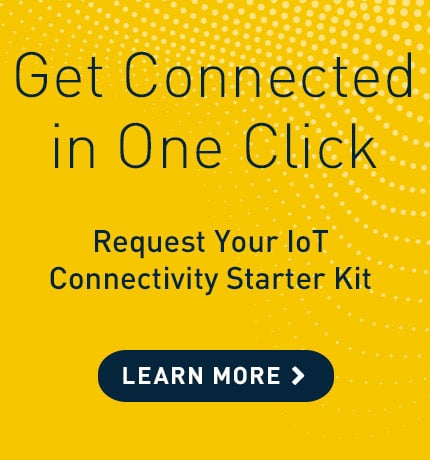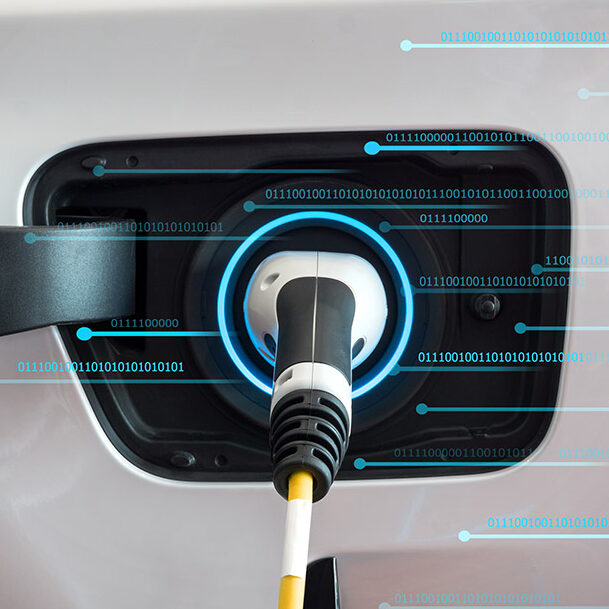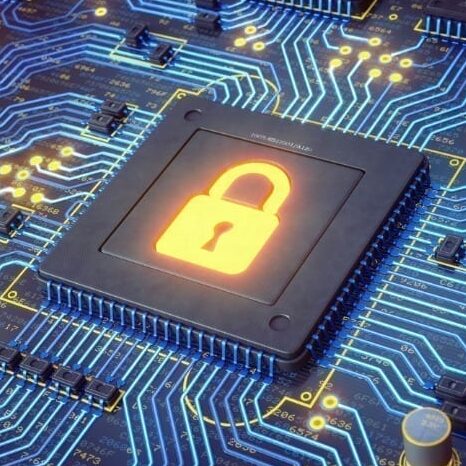
Did you know that approximately 8 million electric vehicle (EV) public charging points are projected for the U.S. and across the EU by 2030?
EV charging stations need to stay connected without interrupting service on a broad scale to reach this goal. However, many challenges are disrupting their deployment. Most of these challenges point to one driver: poor connectivity.
A study by the University of California Berkley on public EV fast chargers showed conflicting results. EV service providers (EVSPs) claim they have 95-98% uptime. Uptime was only 72.5% from unresponsive screens to network failures.
EV charging networks largely serve customers en route to another destination. Availability and timing are everything.
Here are three key EV charging challenges providers face with poor connectivity with reliable solutions to consider.
3 Challenges with Poor IoT Connectivity

The three key challenges are:
- Lost revenues
- Deployment and scalability
- Cybersecurity issues
1. Lost Revenues
Each minute connectivity falters, or when an outage stops the service, revenues are lost.
Two common barriers affect time and money:
Poor Customer Experience
Every minute counts. As the connection wavers and transactions can’t be immediately concluded, consumers will drive to the next charge point.
Still, the worst driver experience is pulling up to a non-working charger when the EV lacks sufficient charge to get to the next closest working charge point. Poor customer experience damages brand value and diminishes revenues while slowing EV adoption at an industry level.
A reliable connectivity solution built for the Internet of Things (IoT) can drastically reduce these failures. At the fundamental level, IoT solutions span a broader quality of service range than consumer solutions since IoT enables real-time data.
IoT connectivity and hardware set for dependable EV charging performance enable charge point stations to communicate reliably with acceptable latency levels. They can also respond to unexpected events in real time.
Increased Service Costs
When connectivity results in downtime, charging providers must send technicians on-site. They troubleshoot the network signal and fix the issues.

Telit NExT™ offers IoT connectivity features with remote access through a software stack. Remote access enables many critical remedial tasks to correct service outage issues with web-based tools from the back office. These include an intelligent dashboard with Syslog logging functionality for remote monitoring. Messages include time stamps, diagnostics and more.
In addition, our IoT modules support key features like Telit OneEdge™ that enable remote logging and monitoring of real-time modem parameters over the network.
Remote troubleshooting can be done in hours instead of days. In many cases, it eliminates on-site service. This capability reduces downtime and potentially millions in lost revenues from operational costs and losing customers.
2. Deployment and Scalability Challenges for EV Charging
The EV charging industry faces exponential growth. EVSPs must deploy and scale their offerings while providing a stellar charging experience. Scalability is challenging because of the EV charging ecosystem’s complexity.
In addition to the driver, the EV charging ecosystem includes:
- Charger locations
- Utilities
- Mobile networks
- Financial transaction support and accompanying regulatory compliance
- Cybersecurity
- Managing multiple mobile network operators (MNOs), carriers and data plans
- Billing
- Call centers
- Legacy systems
- Other apps
It’s easy for EVSPs to face a host of obstacles, from collecting data to planning for energy needs.
A significant challenge is managing network providers while supporting connectivity technology. Therefore, it’s crucial to avoid technology lock-in and have the flexibility to work with a multitude of networks as needed.
For instance, imagine a CPO selected a major MNO in the U.S. However, a certain area suddenly has poor coverage from that network coverage infrastructure.
With Telit NExTPlus™, the CPO can remotely check local availability of a viable alternative network covering the specific spot. Then, they can download the MNO profile of the selected coverage network if that profile is not already part of the resident set and switch to it. CPO operations managers can switch coverage networks without physically switching SIMs.
These features enable flexible, optimized coverage and time from one user-friendly dashboard. Switching to the best coverage on demand will also reduce costs.
Visibility and control of the entire EV ecosystem are essential to deploy and scale confidently. They simplify operations and keep costs in check when scaling.
3. Cybersecurity Issues

EV chargers are perfect targets for hackers and require robust end-to-end monitoring and management.
Security goes well beyond installing and onboarding charging devices and networks. Threats must be identified and isolated throughout the life cycle of the EV charger.
The risks are three-fold. Vulnerabilities exist in:
- Electric vehicle supply equipment (EVSE) devices
- Communications to EVs from mobile phones through protocols like near-field communication (NFC) and Bluetooth®
- The cloud that connects the IoT network to the outside world (e.g., user applications or platforms for managing the devices)
Older EV charging stations or those using off-the-shelf products may not have the latest vulnerability patches or security enhancements. Not having these updates gives backdoor access to hackers.
For example, a hacker can gain unauthorized use of the charger without paying. They can also get access to credit card transaction data.
It’s crucial for EV charging providers to have enterprise-grade enhanced security to prevent cyberattacks.
Enhanced security includes operations like:
- Lockdown mode to protect confidential kernel information, including vulnerability patches and the latest kernel version
- Access control security policies to prevent hackers from accessing the file system and processors
- Strong end-to-end data encryption using authentication keys
These are available in our LN920 LTE-Advanced M.2 data card series. It is based on the latest Linux kernel version 5.4 and runs Security-Enhanced Linux (SELinux).
Reliable, Proven Performance to Overcome EV Charging Challenges
The EV charge point and network must have a reliable, secure connection to be successful. Off-the-shelf IoT or consumer-grade connectivity options only deliver a basic solution. They are not designed for flexibility and EV charge points reaching 100% connectivity.
EVSPs must choose solutions with reliable and proven performance. They enable the best chance of overcoming poor connectivity challenges, including revenues, deployment and scaling, and cybersecurity.
Telit NExT IoT connectivity addresses these challenges with deployments of any size. Our IoT Connectivity Portal provides total control and clarity to enable the flexibility needed to overcome EV charging challenges. With over 22 years of IoT expertise, we can help you deploy and scale your EV charging ecosystem.
Speak with an IoT connectivity expert to start your EV charging journey.
Request a Starter Kit
